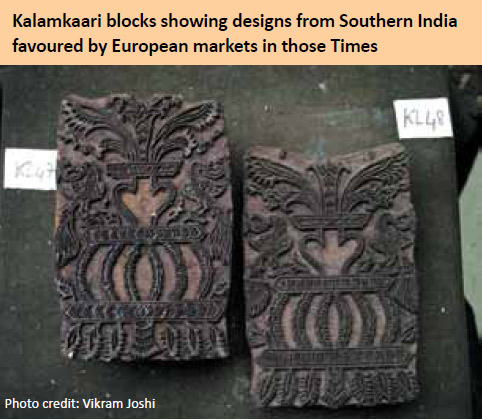Sri Aurobindo once said – “India of the ages is not dead nor has she spoken her last creative word” – no truer words have been spoken of the artisans that live in India and their craft, which has transcended centuries to remain as cherished in modern India, as it was in the ancient Indian civilizations. One such craft, which has been practiced, fondly conserved, and refined through time, is that of Printing and Painting of Textiles. Also referred to as Block1 Printing or Hand Printing, this craft was born in the Indian states of Gujarat and Andhra Pradesh, and later spread to Rajasthan, which emerged as one of the most important commercial centres. The knowledge and the traditional techniques that emerged through this period were usually passed from one generation to the next, usually as oral instructions. Migration of artisans between the two neighbouring states of Gujarat and Rajasthan also enabled the knowledge to spread further. However, it is only relatively recently, that some detailed technical accounts of Indian textile crafts by foreigners can be found – such as Beaulieu’s account of the technique of Indian cotton painting, (c.1734), which provided a detailed overview of the Kalamkaari2 tradition of Pondicherry.

The blocks are in a private collection of Vikram Joshi
Leave a Reply